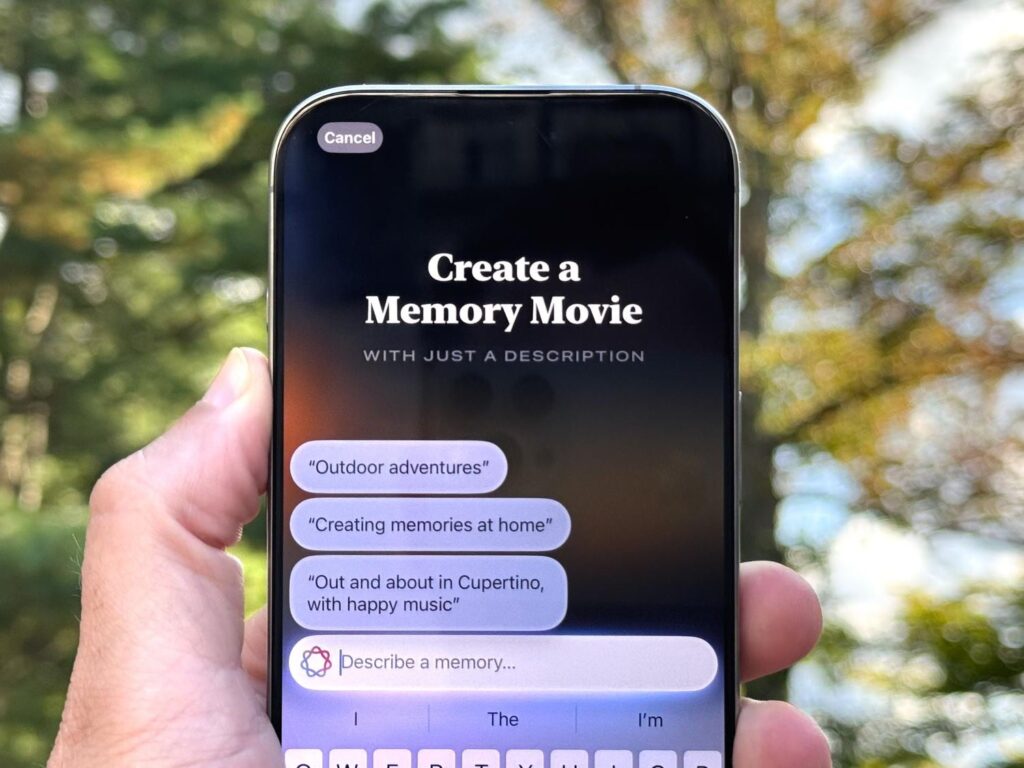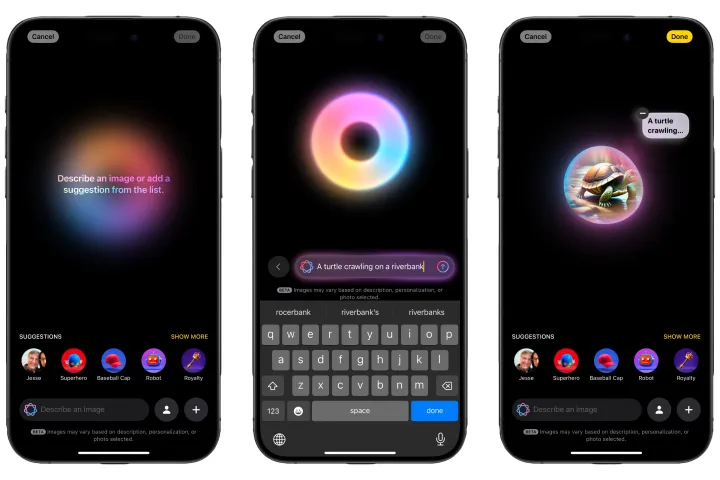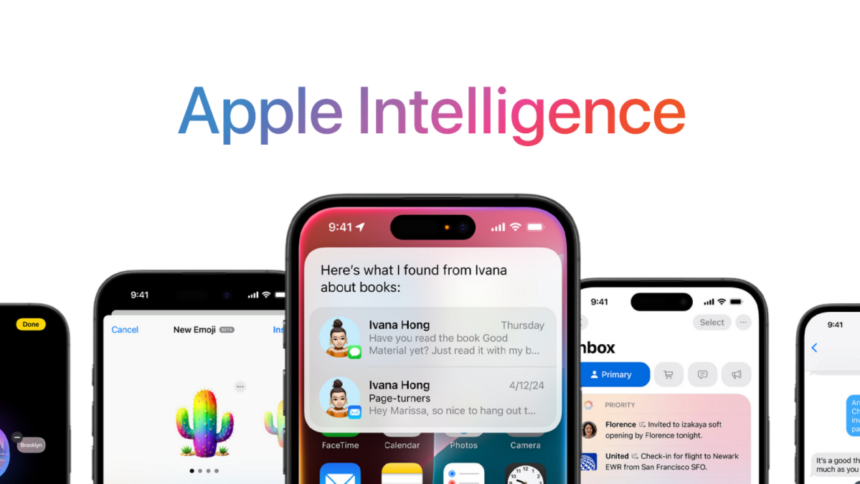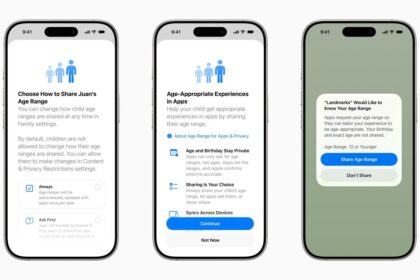Artificial Intelligence has quickly become one of the most talked-about technologies in recent years, with almost every tech company racing to bring AI into people’s daily lives. Apple has traditionally been more reserved in this area, but with the launch of Apple Intelligence, the company has taken a bold step forward.
Apple Intelligence isn’t just another AI assistant. It’s a personal intelligence system that combines the power of generative AI models with Apple’s unique approach to privacy and device integration. Designed to work seamlessly across iPhone, iPad, and Mac, it redefines how users interact with technology by blending everyday convenience with advanced intelligence.
What is Apple Intelligence?

Apple Intelligence is Apple’s version of generative AI, built directly into the operating systems — iOS, iPadOS, and macOS. Instead of being a stand-alone app or chatbot, it is woven into the apps people already use daily, such as Mail, Messages, Safari, Notes, and Photos.
At its core, Apple Intelligence is designed to be both personal and private. It utilizes information on your device, such as your calendar, emails, and recent activity, to provide contextually smart suggestions, all while maintaining your privacy.
Most of the intelligence runs on your device itself, and when more computing power is required, Apple uses a secure service called Private Cloud Compute, where data is processed but never stored or tracked.
This makes Apple’s approach different from many competitors: it’s not just about providing powerful AI, but about making it trustworthy and respectful of personal data.
Features of Apple Intelligence
Smarter Writing Tools
One of the standout abilities of Apple Intelligence is its system-wide writing support. Wherever text can be typed — whether in Mail, Notes, or even third-party apps — Apple Intelligence offers tools to rewrite sentences, adjust tone, and correct grammar. For instance, you can make an email sound more professional, rewrite a casual message to be friendlier, or even condense a long note into a summary.
This is especially useful for professionals who need polished communication on the go, or for students and writers who want quick assistance without relying on external apps.
Prioritized Notifications and Smart Messages
Modern smartphones bombard us with constant notifications, many of which are not urgent. Apple Intelligence steps in by prioritizing the most important notifications and summarizing long message threads. Instead of scrolling through multiple alerts or reading pages of email replies, you can quickly see the most relevant updates at a glance.
This helps cut through digital clutter and allows you to focus only on what truly matters in the moment.
Smarter Replies with Context

In Mail and Messages, Apple Intelligence introduces Smart Reply, which suggests responses tailored to the conversation. Unlike simple one-word suggestions, these replies can reflect the actual context of the discussion. For example, if someone asks about meeting times, the system can generate a reply that references your availability from the calendar.
This makes communication faster and more natural, especially when you’re short on time.
Enhanced Photos and Videos

Apple Intelligence also brings AI into the Photos and Videos experience. Instead of scrolling endlessly through a gallery, you can now use natural language search, such as asking for “photos of my dog at the beach” or “videos from last weekend’s birthday party.”
The Clean Up tool is another highlight, allowing you to remove distracting objects from photos, similar to professional photo editors but with a single tap. Apple also introduced Memory Movies, which automatically generate cinematic stories from your media, complete with music and transitions, turning everyday photos and videos into meaningful narratives.
A Smarter Siri

Perhaps the biggest upgrade comes with Siri. With Apple Intelligence, Siri becomes more natural, conversational, and context-aware. It can now understand what you’re looking at on your screen and respond accordingly. For instance, if you’re viewing a document, you can simply say, “Send this to Sarah,” and Siri knows which document and which contact you mean.
Siri also gains better memory, so you can have follow-up conversations without repeating details. This shift makes Siri feel less like a limited assistant and more like a helpful, intelligent companion.
Creative Tools: Genmoji and Image Playground

Apple Intelligence isn’t only about productivity — it also focuses on creativity. With Genmoji, you can generate brand-new emojis by describing them in words. Want an emoji of a panda wearing sunglasses? Just ask, and it’s instantly created.
The Image Playground feature takes this further by allowing you to generate fun illustrations in different styles, such as sketches, animations, or paintings. These creations can be shared in Messages, added to presentations in Keynote, or even used in third-party apps that integrate with Apple’s system.
The Apple Intelligence System
The real power of Apple Intelligence comes from its hybrid intelligence architecture:
- On-Device Processing – Tasks such as summarizing text, rewriting emails, or searching through photos run locally on iPhones, iPads, and Macs powered by Apple Silicon. This ensures privacy and speed without relying on the internet.
- Private Cloud Compute – For more demanding tasks, Apple securely connects your device to cloud servers powered by Apple’s own chips. However, these servers are designed to process data temporarily and never store or share it, giving users confidence that their personal information is safe.
- Semantic Index – Apple Intelligence organizes personal data (like notes, messages, and emails) into a private index stored on the device. This allows the system to provide contextually relevant assistance, like pulling up related emails when you ask about an upcoming meeting.
Apple’s Generative Models
At the core of Apple Intelligence are generative AI models. These models are trained to handle both language and visuals. They allow the system to:
- Summarize long articles into concise overviews.
- Generate new images or emojis from text descriptions.
- Adapt writing into different tones or formats.
- Provide context-aware responses using personal data.
For broader knowledge that goes beyond the device, Apple Intelligence can also connect with ChatGPT, but only with explicit user permission. This hybrid model ensures that users get both personalized help and access to world knowledge, without sacrificing control.
Tools that Define Apple Intelligence
- Rewrite: Adjust tone and style of your writing.
- Proofread: Fixes spelling, grammar, and clarity issues.
- Summarize: Condenses long passages into digestible bullet points.
- Clean Up: Removes unwanted elements from photos effortlessly.
- Genmoji: Creates custom emojis from text descriptions.
- Memory Movies: Generates creative video montages from photos and clips.
These tools transform how people work, create, and communicate, making daily tasks easier and more enjoyable.
Which Device Supports Apple Intelligence
Apple Intelligence requires the advanced processing power of Apple Silicon chips. Currently, it is available on:
- iPhone: iPhone 15 Pro and iPhone 15 Pro Max (and future Pro models).
- iPad: iPad models with the M1 chip or later.
- Mac: Macs with an M1 chip or later, running macOS Sequoia or newer.
This means older devices, even if they support the latest iOS updates, will not get full Apple Intelligence features because they lack the necessary hardware performance.
Apple Intelligence is not just another AI trend — it represents Apple’s vision of how artificial intelligence should fit into people’s lives: personal, private, and deeply integrated. From smarter writing and communication tools to advanced photo editing and a more intelligent Siri, it enhances both productivity and creativity.
By limiting features to devices with Apple Silicon, Apple ensures that performance and privacy are not compromised. As Apple continues to refine and expand this system, Apple Intelligence could change how we interact with our iPhones, iPads, and Macs — making them not only smart, but truly intelligent companions.











